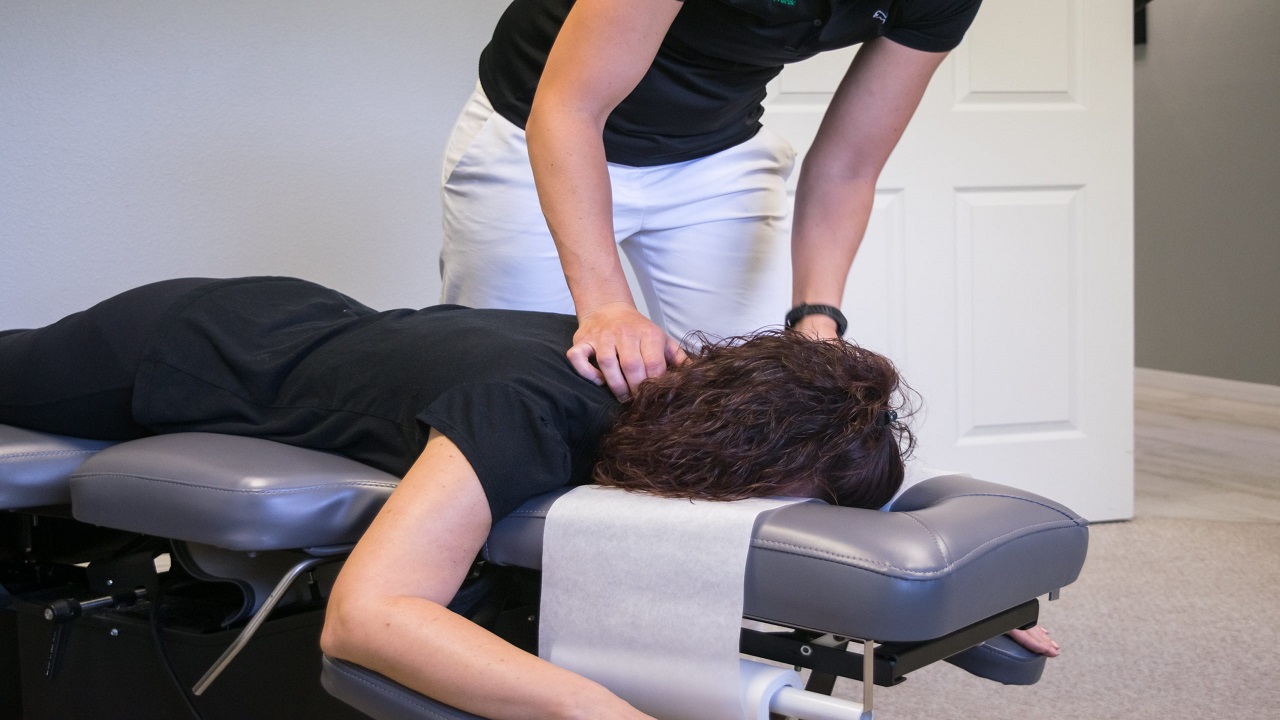Chiropractic care encompasses a range of techniques and tools aimed at improving spinal health and overall well-being. From manual adjustments to specialized instruments, chiropractors employ various methods to address specific conditions affecting the spine and musculoskeletal system. In this article, we explore the use of chiropractic adjusting tools for treating common conditions such as scoliosis, thoracic spondylosis, and more, highlighting their effectiveness and benefits in clinical practice. For further information on chiropractic adjusting tools and their application in treating specific conditions, click to visit the provided resource.
Introduction to Chiropractic Adjusting Tools
Chiropractic adjusting tools, also known as chiropractic instruments or devices, are used by chiropractors to perform spinal adjustments and manipulations. These tools come in various forms, including handheld devices like chiropractic massage guns, instrument-assisted techniques, and specialized tables designed to facilitate specific adjustments. While traditional manual adjustments remain a cornerstone of chiropractic care, chiropractic adjusting tools offer additional options for addressing specific conditions and providing targeted therapy.
Treating Scoliosis with Chiropractic Adjusting Tools
Scoliosis is a common spinal condition characterized by abnormal curvature of the spine, often resulting in pain, stiffness, and reduced mobility. Chiropractic adjusting tools can play a valuable role in the management of scoliosis by helping to improve spinal alignment and mobility. Techniques such as spinal manipulation, performed with handheld devices or specialized instruments, can help reduce pain and discomfort associated with scoliosis while promoting better posture and spinal function.
Addressing Thoracic Spondylosis
Thoracic spondylosis refers to degenerative changes in the thoracic spine, which can lead to pain, stiffness, and limited mobility. Chiropractic adjusting tools can be used to target specific areas of the thoracic spine, helping to alleviate symptoms and improve spinal function. Techniques such as instrument-assisted adjustments and targeted mobilization can help restore proper alignment, reduce inflammation, and improve the range of motion in the thoracic region, providing relief for patients suffering from thoracic spondylosis.
Managing Disc Herniation and Bulging Discs
Disc herniation and bulging discs are common spinal conditions that can cause localized pain, nerve compression, and radiating symptoms. Chiropractic adjusting tools offer non-invasive options for managing these conditions, including techniques such as flexion-distraction therapy and decompression therapy. These methods gently stretch and decompress the spine, relieving pressure on the affected discs and promoting healing. Chiropractic adjusting tools can also be used to perform targeted adjustments to improve spinal alignment and reduce nerve irritation associated with disc herniation and bulging discs.
Conclusion
In conclusion, chiropractic adjusting tools offer valuable options for treating specific conditions affecting the spine and musculoskeletal system. From scoliosis and thoracic spondylosis to disc herniation and bulging discs, these tools can help alleviate pain, improve spinal function, and enhance the overall well-being of patients. By incorporating chiropractic adjusting tools into their practice, chiropractors can provide personalized, targeted therapy that addresses the unique needs of each patient. With proper assessment, diagnosis, and treatment planning, chiropractic adjusting tools can play a key role in optimizing spinal health and improving the quality of life for individuals suffering from a variety of spinal conditions.
